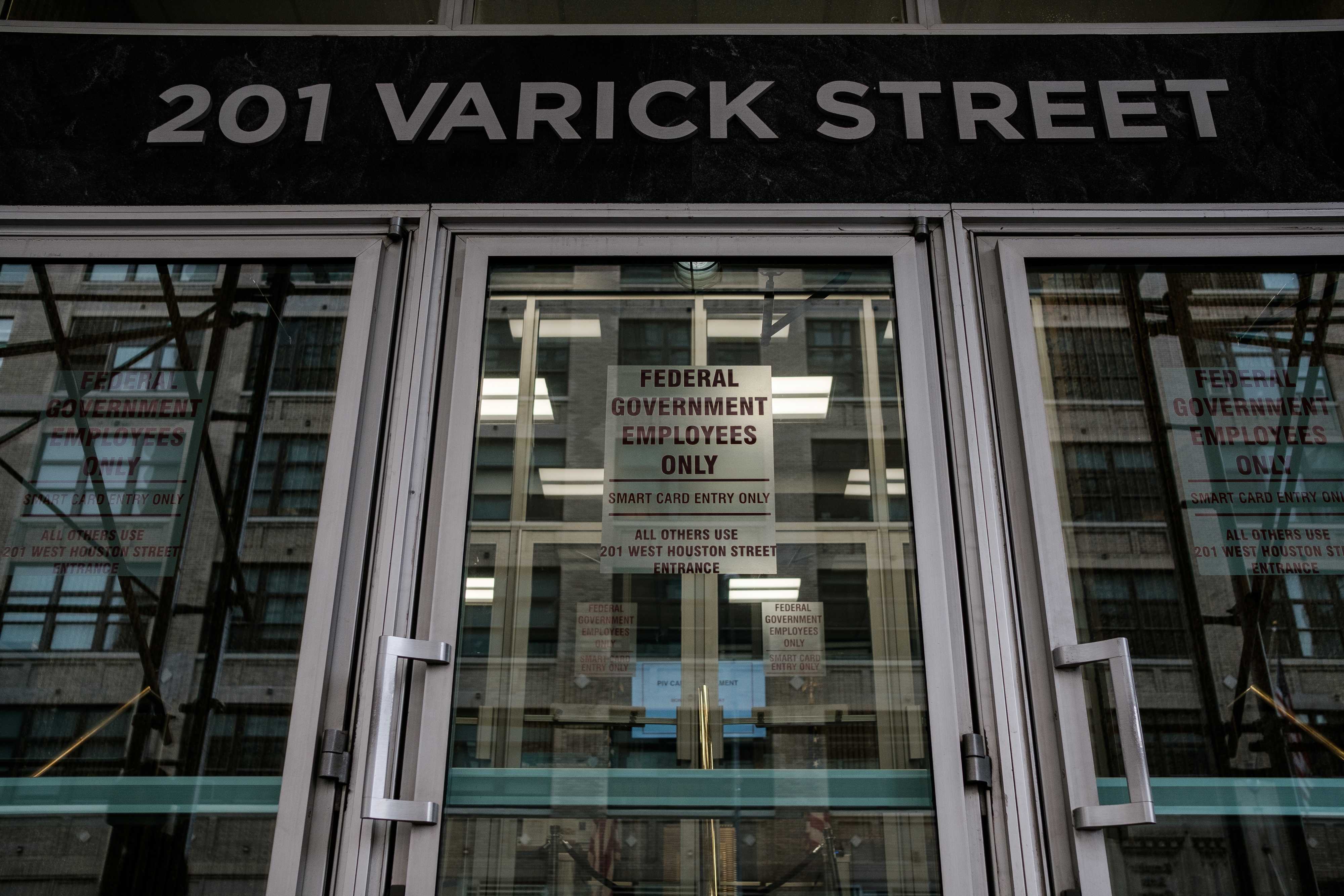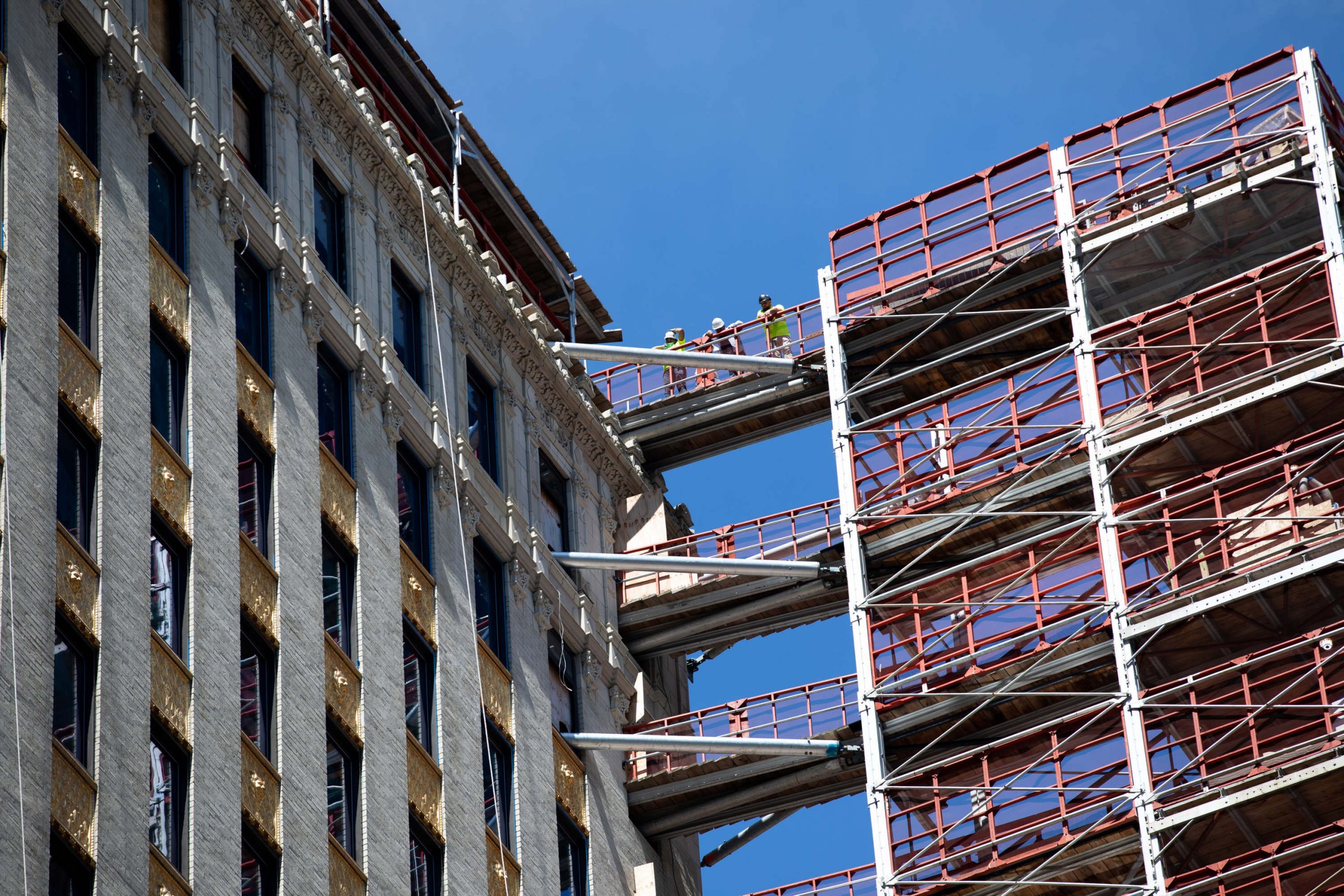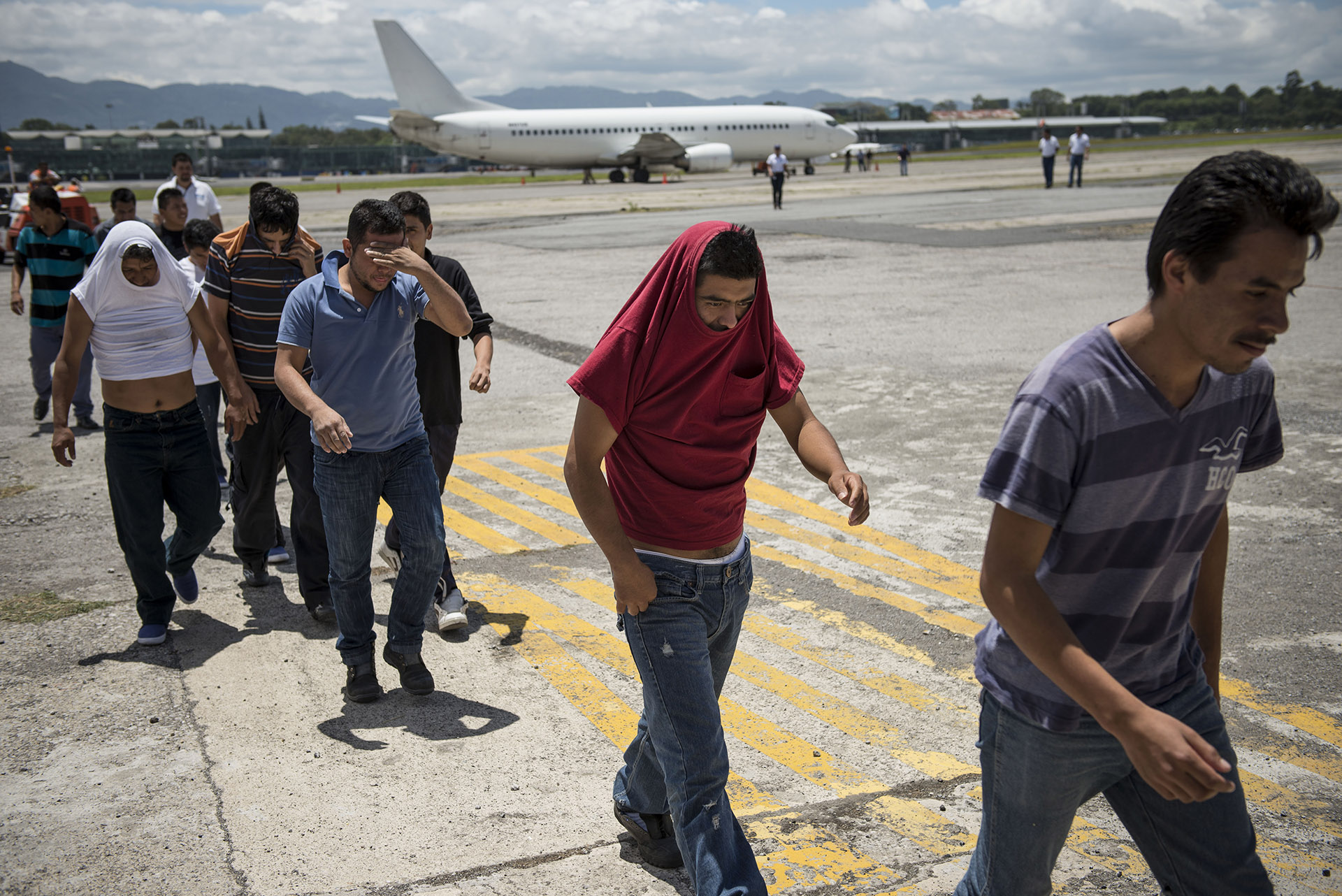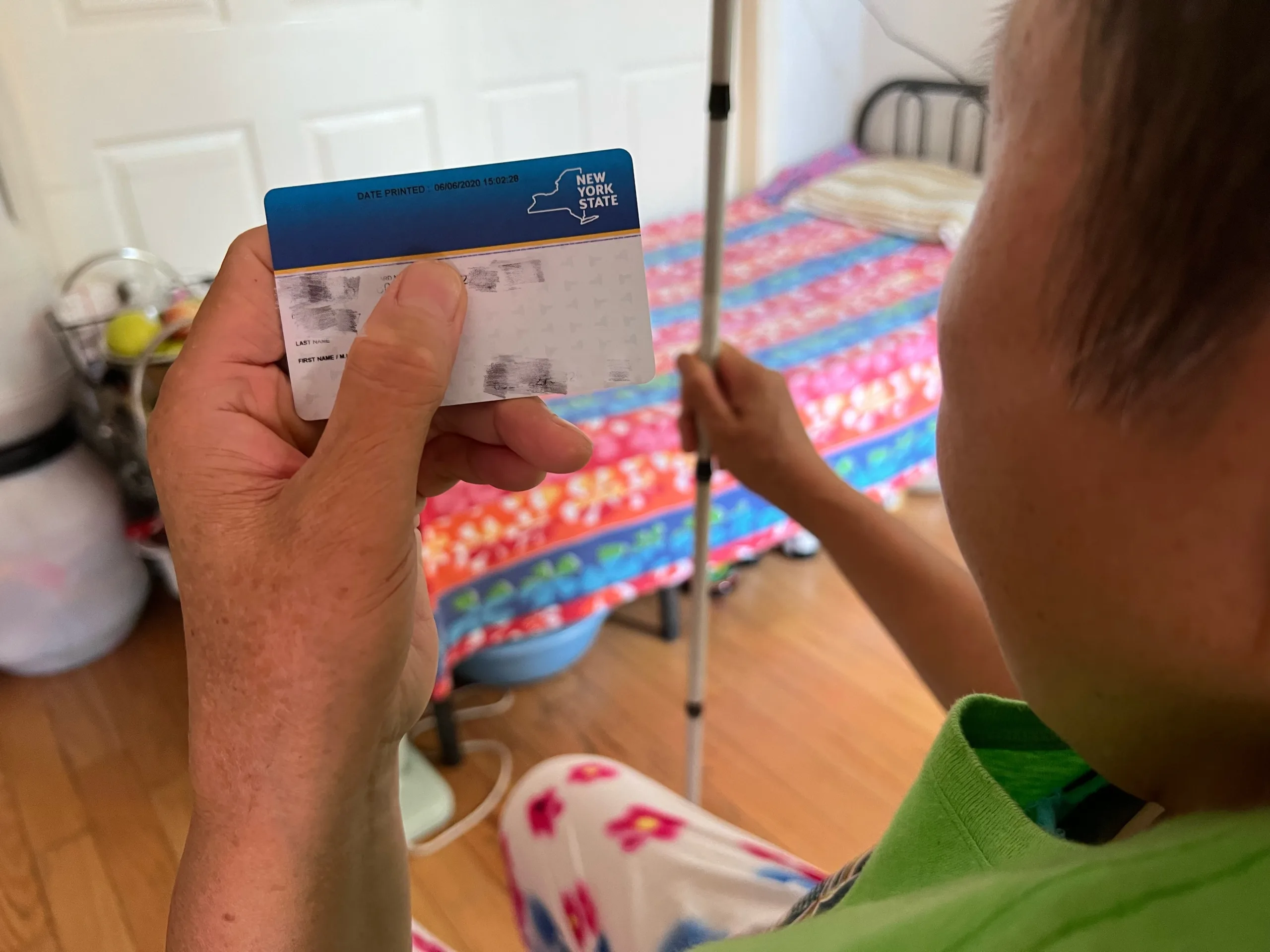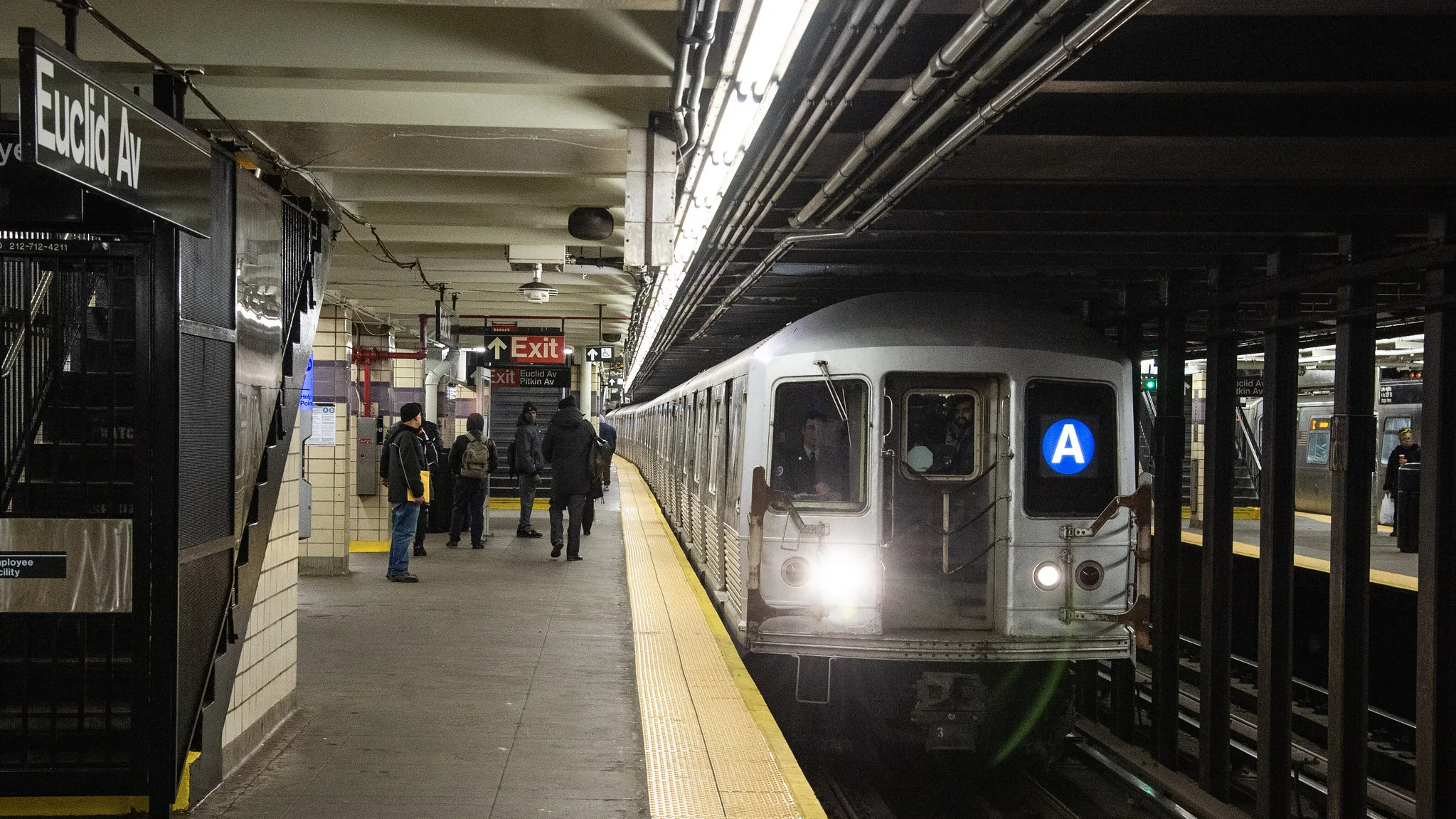It has been five months since Immigration and Customs Enforcement has transported any immigrants to appear in person at the Varick Street immigration courts, and attorneys say it’s taking a toll on their clients.
ICE stopped bringing detainees to court after a group of protestors declared they were going to “Occupy ICE” in June. The agency said transportation created a safety risk, so it began holding court hearings by video conference instead. Now ICE says it is continuing the practice to cut costs.
“As the use of [video teleconferencing] is more efficient, providing an economic savings to taxpayers, while continuing to ensure the safety of ICE employees, the court, the public and the detainees – the decision was made to continue the use of [video teleconferencing] for immigration hearings,” said ICE spokesperson Rachael Yong Yow in a statement.
But with more immigrants being arrested and detained in the New York area, judges retiring in waves and jails and detention centers growing increasingly crowded with detained immigrants, video conferencing has added a new crop of problems for the immigration justice system, attorneys say.
New York’s big backlog
New York’s immigration courts have the biggest case backlog in the country, according to data from Syracuse University’s Transactional Records Access Clearinghouse, with almost 101,000 unfinished cases still wending through the courts.
At the Bergen County jail in New Jersey, just one monitor is available to conduct court hearings with the Varick street courts, according to William Schievella, director of communications for the Bergen County Sheriff’s Office. That facility holds an average of over 330 immigrants per day, according to ICE data published by the National Immigrant Justice Center, over 260 percent higher than its stated capacity, as Documented previously reported. ICE is in the midst of installing two more monitors in the jail, Schievella said.
Hearings by video conference tend to flatten the emotional element of court proceedings, said Andrea Sáenz, supervising attorney of the Brooklyn Defenders immigration practice. The detainee’s body language, tone of voice, and general emotional state can get lost in the video call, which are all important to show the court that they face credible threats of danger or hardship if they were to be deported, Sáenz explained. Brooklyn Defenders’ clients also have a difficult time hearing the court proceedings and understanding what is happening.
A 2015 study by UCLA law professor Ingrid Early, showed that, generally, immigrants who have their cases heard over video conference were more likely to be deported. Judges she spoke to for the study said “advising litigants of their rights can be awkward, and less effective over a screen than face to face,” she told WNYC. Video teleconferencing didn’t diminish asylum seekers chances of getting asylum status, but it did greatly impact people’s ability to retain legal counsel, Early found.
Technology slows court proceedings
In 2014, New York City began providing detained immigrants legal counsel through the New York Immigrant Family Unity Project. Before ICE stopped transporting immigrants to the courthouse, lawyers were able to connect with their clients before their first court appearance, when they were brought in from detention, said Sarah Deri Oshiro, the managing director of the Bronx Defender’s immigration practice. Now, some immigrants appear before a judge without consulting an attorney, which might make them more likely to accept an order of removal, she explained.
The technology often can slow down court proceedings, according to the attorneys and studies on video teleconferencing. A facility like Bergen county, which currently has one monitor, can only handle one judge at a time. If it’s tied up in one court and another judge wants to use the system, “it won’t work,” Oshiro said. “Someone is going to have to wait longer.” This can cause delays in how quickly cases are handled, which can lead to some scheduled cases not getting heard at all, she said.
“People constantly can’t connect to the video. Hearings are constantly delayed or held over,” Saenz said. Cases can get delayed anywhere from two to six weeks, she said, leaving the detainees waiting in jail for their next court appearance. “It has been a very difficult five months.”
